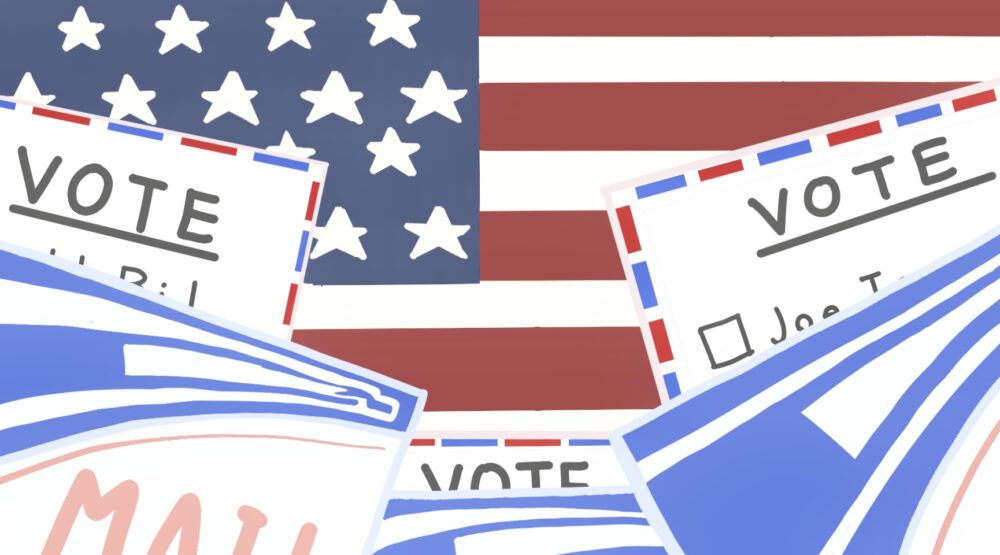
By Arden Nguyen
The United States Postal Service (USPS) is set to play a critical role in the upcoming presidential election, but a series of recent reforms have wreaked havoc on its operations and raised widespread concerns among voters and leaders.
The government agency, headed by Postmaster General Louis DeJoy since June, enacted several changes in July to cut expenses. These included decommissioning mail sorting machines, removing mailboxes, cutting overtime for employees and halting late deliveries.
The sudden changes resulted in mail delays nationwide. This was alarming to many Americans, considering the USPS remains crucial for delivering medication, Social Security checks and stimulus checks, along with serving small businesses. For those who depend on these services, the delays have already had an impact.
Furthermore, there are fears that timely ballot collection and delivery for the election could be affected. More people are expected to vote by mail this year due to the dangers of in-person voting during a pandemic.
President Donald Trump has been vocal about his distrust of mail-in voting, claiming it is unfair and will lead to voter fraud. Experts have responded that evidence shows that voting by mail does not give one party an advantage over another and that the rate of voter fraud is in reality very low. Additionally, voting by mail has helped states save money. It should also be noted that the president himself uses absentee voting.
Twenty states filed lawsuits accusing DeJoy, a Republican and donor to Trump, of exceeding his authority and of working to undermine the election.
Testifying before the Senate and House of Representatives in late August, DeJoy insisted the USPS would be able to handle the flow of mail-in ballots and rejected the notion that he was trying to tamper with the election. He also denied responsibility for the changes and claimed they had been planned for some time, but said he would postpone them until the election was over.
So why did the USPS need to lower costs in the first place? As a government agency, the USPS is unique in that it does not rely on tax dollars and is instead funded mainly by revenue from services and products. This means that a decrease in mail volume (especially now during the pandemic) combined with heightened delivery costs over the years has cost the government agency billions of dollars. A 2006 law requiring workers’ retirement benefits to be pre-funded has been detrimental to USPS finances as well.
Democrats are attempting to bail out the USPS with a bill that would grant it $25 billion. It passed through the House of Representatives but is unlikely to be approved by the Republican-majority Senate.
Meanwhile, there are other issues that could disenfranchise voters this November.
Even if the USPS manages to run on clockwork again, it needs adequate time to process ballots. Late arrival was a major reason thousands of mail-in ballots were rejected during state primaries.
Errors caused by voters, like missing signatures, also accounted for many thrown-out ballots. States are scrambling to address these issues through actions like passing new legislation that extends the time in which absentee ballots are accepted.
If voters are still worried about whether ballots will be delivered on time, they can secure their votes in other ways.
Those who are able to vote in person can do so a few weeks early in most states. Mail-in ballots don’t necessarily have to be mailed but can be placed in ballot drop boxes or turned in to election offices and voting centers. Some states, like California, even have ballot-tracking measures in place.
Want to vote by mail but don’t know where to start? Check out this guide by NPR.





